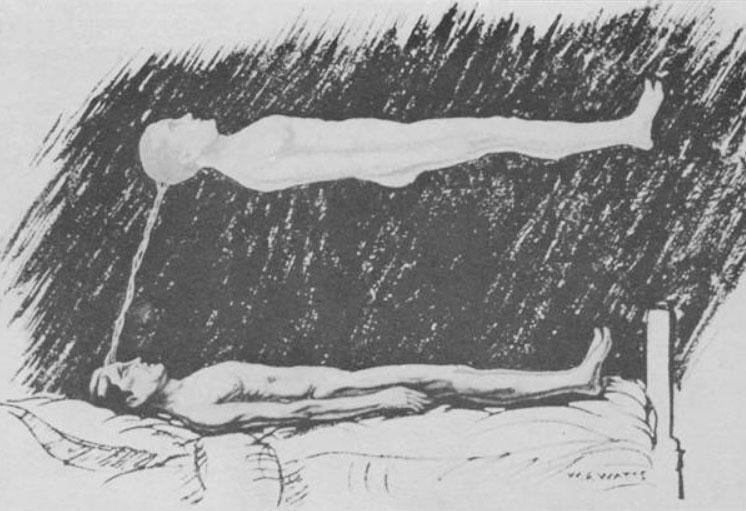The Enigma of Consciousness
Neuroscience researchers win grant to investigate the machinery of awareness.
What is consciousness? How are we able to take the endless tumble of sight and sound and sensation and turn it into something coherent? Is there any way to detect consciousness from the outside? Can we build a conscious machine?
These questions have bedeviled philosophers and psychologists for thousands of years. Now researchers from Reed and Amherst College are using an innovative new approach to answer them. Their research holds the potential to reshape our understanding of consciousness and may point the way to therapies for people who suffer from disorders of consciousness such as persistent vegetative state, locked-in syndrome, schizophrenia, and more.
Prof. Michael Pitts [psychology] and his collaborator, Prof. Michael Cohen of Amherst College, have won a $535,000 grant from the National Science Foundation to investigate the neural mechanisms underlying perceptual awareness—the moment when you realize you’re perceiving something.
For decades, research into consciousness has been confounded by a fiendish problem. Since we have no telescope into the brain, the only way we know whether a subject is aware of something—such as a picture of a cat that flashes on a screen for a millisecond—is for the subject to report what they saw. But the act of self-reporting requires extra mental steps—was that a cat or a dog?—which complicates the scenario.
The team from Reed and Amherst will use non-invasive techniques such as electroencephalography and functional magnetic resonance imaging (fMRI) to compare conscious and unconscious processing without the use of self-report. They hope these experiments will provide evidence to support or challenge some of the leading theories of perceptual awareness, such as Global Neuronal Workspace Theory, Integrated Information Theory, and Higher-Order Thought Theory.
“One of the most exciting things about the emerging field of consciousness science is that we now have several well-developed theories that make testable predictions,” says Prof. Pitts. “The main goal of this project is to test some of the contradictory predictions made by these leading theories.”
The researchers will play sounds or show images to their subjects while combining traditional self-report methods with novel "no report" conditions. The logic behind this approach is that the same neural correlates of conscious perception should be present regardless of whether subjects have to report to the experimenter what they see or hear. Any brain activity that is unique to the report condition can be ruled out. “This will bring us one step closer to isolating the neural activity underlying the conscious experience itself,” he says
The potential implications of the research are profound. Isolating reliable markers of perceptual awareness—for example, a signature spike in neural activity in a particular region of the brain—could help physicians diagnose disorders of consciousness and might even pave the way toward communications strategies for patients who suffer from locked-in syndrome.
Tags: Academics, Awards & Achievements, Editor's Picks, Health/Wellness, Professors, Research
